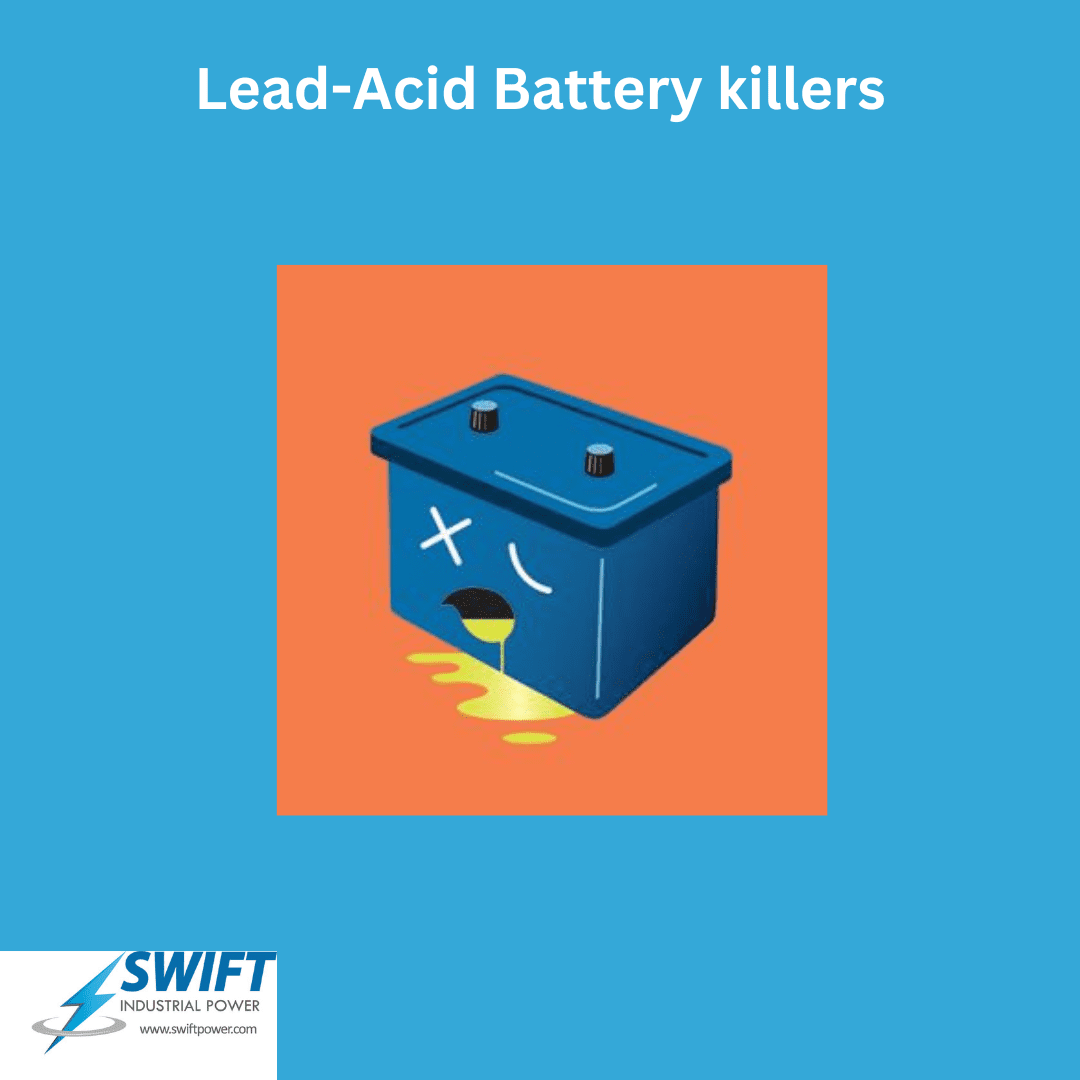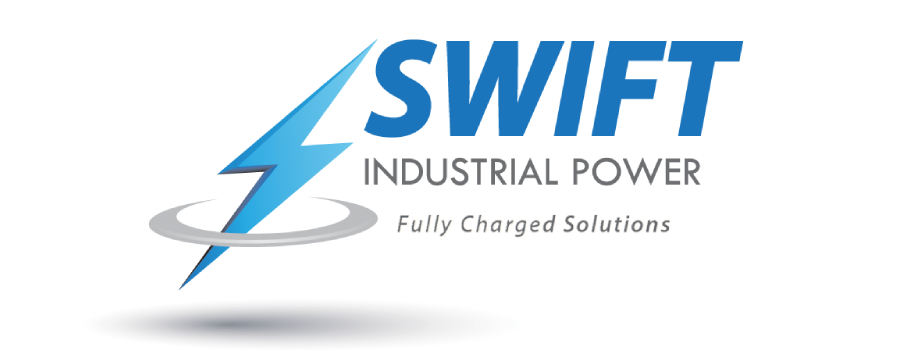Lead-Acid Battery Killers: Enemies of Long Life
Lead-acid batteries, the reliable workhorses powering everything from forklifts to data centers are resilient but not invincible. Misuse can shorten their lifespan dramatically. Let’s explore the common enemies that drain a lead-acid battery’s life:
- Deep Discharge: Draining a battery completely is a one-way ticket to reduced capacity. The deep discharge damages the internal plates, leaving them less able to store energy.
- Overcharging: Overcharging a lead-acid battery can cause excessive gassing and electrolyte to “boil”. Excessive charging can increase water loss, exposing the battery plates, and causing capacity loss.
- Undercharging: Just like a car needing a full tank for a long trip, a lead-acid battery needs a full charge to stay healthy. Undercharging allows sulfate crystals to build up on the plates, slowly reducing the battery’s capacity.
- Temperature Extremes: Lead-acid batteries prefer a moderate climate. Extreme heat accelerates degradation, while extreme cold weakens their ability to deliver power.
- Corrosion: Crusty deposits on battery terminals? That’s corrosion, a thief of good connections. It creates resistance, hindering the flow of electricity and reducing the battery’s power output. Corrosion can also eat away at connections thus eliminating continuity in your battery string.
- Vibration: Constant shaking isn’t good for anyone, including lead-acid batteries. Vibrations can damage the internal plates, shortening the battery’s lifespan.
By understanding these battery killers, you can take steps to extend the life of your lead-acid batteries. Stay tuned for future posts on proper maintenance tips!
Want to ensure your critical power systems using lead-acid batteries operate at peak performance? Contact our DC Power Specialists today for a free consultation!

